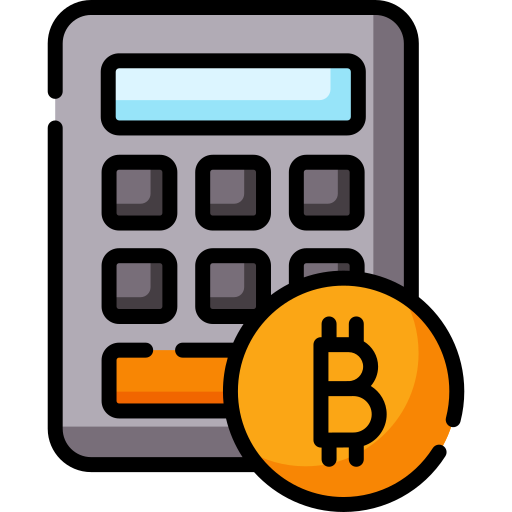The TVL in Ethereum L2 networks has reached $43.29 billion, though a 3.52% decrease over the past week. That is according to the latest data shared by OKX Ventures today.
Despite this short-term slump, Ethereum L2 solutions continue to see growth. This surge signals the increasing significance of these solutions for Ethereum’s scalability by decreasing congestion, wait times, and transaction fees on the main blockchain.
5 Best performing L2 networks
The data spotted Arbitrum as the top-performing L2 solution, boasting a TVL of $16.29 billion. Although the rollup maintained its dominance, its TVL witnessed a minor decrease of 2.63% over the past week.
Base secured the second position as its TVL reached $13.96 billion, representing an increase of 0.09% in the last seven days.
OP Mainnet became third after it recorded a TVL worth $6.41 billion, reflecting a drop of 5.69% over the same period. Its total value locked saw the biggest weekly decline among the leading five L2 networks.
ZKsync Era took the fourth position after its TVL surged to $1.16 billion, an increase of 3.82% over the same duration. With this upsurge, ZKsync’s TVL experienced the biggest weekly gain among the top five L2 solutions.
Lastly, Blast settled on the fifth position after it registered a TVL of $0.878 billion over the past week, though a decrease of 3.28%.
Layer-2 Solutions fueling mass adoption
According to the data, the current layer-2 landscape is turning to be more segmented. Layer-2 segmentation is an important thing as it not only enables improved performance through decreased broadcast traffic but also enhances security by splitting network segments. If security vulnerability happens, the effect is restricted to a single segment, thus helping to decrease the risk to the whole network.
Also, the advancement of Rollup technology and the development of modular blockchain architectures lead to more healthy competition in the Layer 2 ecosystem.
As various Layer-2 solutions compete for supremacy, they showcase their extraordinary qualities. As a result, they focus on advancing interoperability with existing systems, expanding scalability, and broadening various functionalities.
As they compete to offer the most user-friendly, secure, and efficient platform, they commit themselves to improving blockchain use cases, thereby boosting broader adoption.























